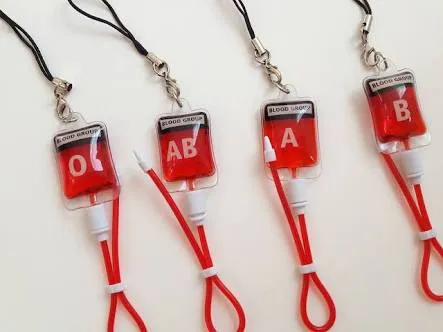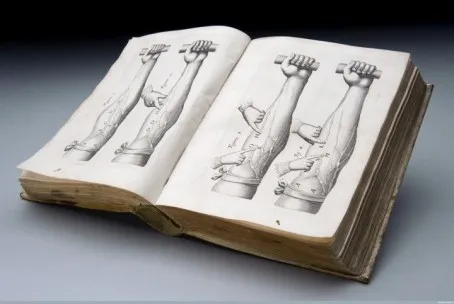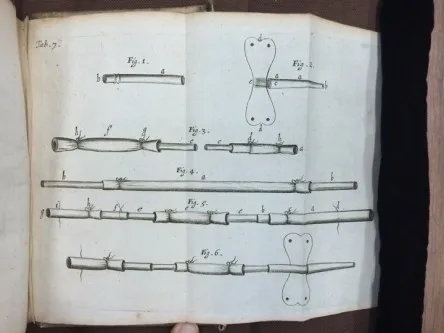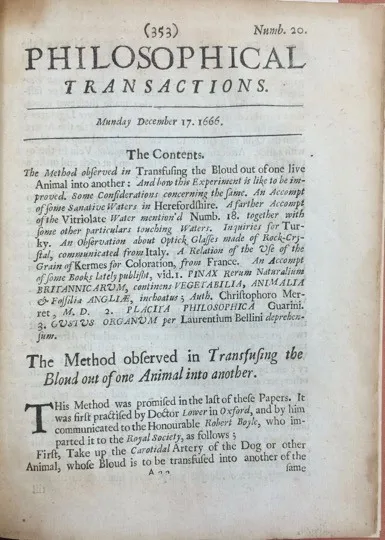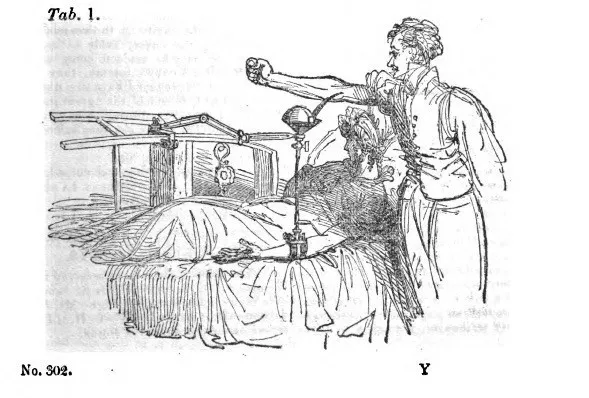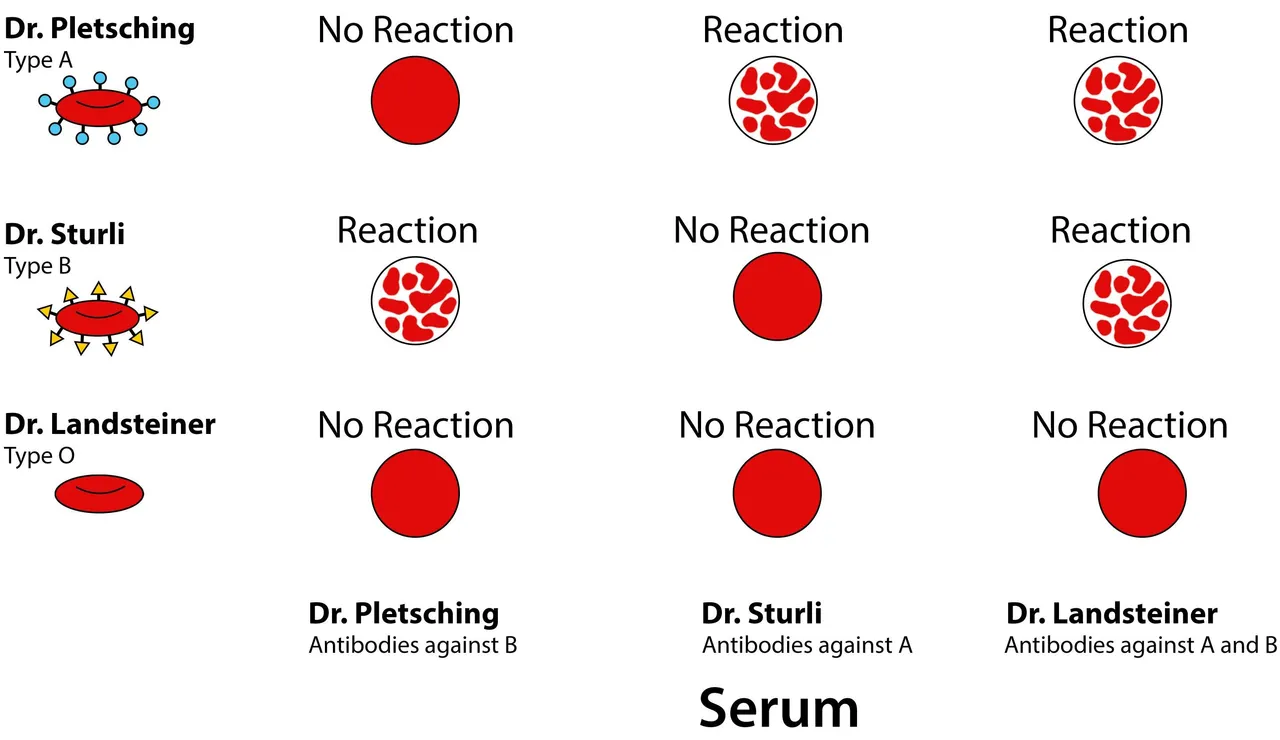Since the discovery of the several blood types of humans, the question has always been why the different blood groups and why the higher percentage of a particular blood group in a population or sub-population. Many humans can only state their blood group but know less about it.
The explanation for this difference has always been based on:
- Evolution and
- The antibody and antigens present in the red blood cells.
Blood transfusion is the starting point of the discovery of blood groups as it was what disapproves the general knowledge that all blood was the same. The complications and problem observed during the early blood transfusion lead to the discovery of numerous blood groups as they point out that blood is not identical for all human.
Understanding the series of event that unfolds in the journey of blood transfusion is essential in getting knowledge about the complications/problems and why different blood groups exist.
Blood Transfusion-The Starting Point
Before the 19th century, several patients lost their lives to blood draining diseases and injuries. Blood transfusion was a future yet to be unlocked then even though some doctors thought it could be the solution to all kinds of infirmities including insanity. The earliest form of blood transfusion was by drinking the blood.
Not until when William Harvey discovered the circulation of blood in his work titled Exercitatio Anatomica de Motu Cordis et Sanguinis in Animalibus(The Anatomical Exercises Concerning the Motion of the Heart and Blood in Animals) in 1628 which is the beginning of blood transfusion. After then, several blood transfusions were carried out on humans with most of it been unsuccessful and proved fatal.
The first successful blood transfusion was carried out on dogs in 1665 by Richard Lower using blood from other dogs and the instruments he developed from his study on the effect of the change in blood volume on its circulation properties at the Royal Society. First, he stopped the flow of blood using ligature of running knot he made from threads either by loosening or tightening around the arteries.
| Figure 1 | Figure 2 |
|---|---|
He bled the jugular vein of a medium size dog and drained almost all the blood. He then transferred blood through quills from the cervical artery of a mastiff into the first dog which recovered with “with no sign of discomfort or of displeasure as he leaped off the table running away” as reported by him. Convulsions, fainting and eventually death of the donor dog characterized the end of the blood transfusion.
This success in the history of blood transfusion was published in Philosophical Transactions, a journal of the Royal Society (fellowship of scientists dedicated to the dissemination of scientific knowledge). In response to the publication, Robert Boyle a member of the Royal Society and founder of the Boyles Law asked some questions concerning blood transfusion.
He wondered if the transfused blood could affect the recipient regarding temperaments, behaviour or attitudes (i.e., transform the recipient); if blood carries the physical and mental life of the owner and what blood carries. All these questions were based on his interest in alchemical transmutation and his research on the transforming compound-mercury (base metals into gold). Past experiences of alchemical transmutation using other liquids such as that of a man who lived on woman milk and influenced his temperaments (milk from an angry woman turned him upset and vice versa) were also the basis for these questions. These questions predict that blood was different between humans.
In a bid to answer some of the questions, Richard Lower was invited by the Royal Society to establish some facts about the possibilities of successful blood transfusion. The Royal Society searched for someone unwell to see if blood transfusion could affect the behaviour and health hence the choice of Arthur Coga who was suffering from insanity and a sheep (due to their meekness behaviour). Human-Human transfusion was to be performed, but the scientist feared the fact that those donating blood in the previous transfusion dies.
At a Royal Meeting in London, Lower assisted by Edmund King injected some ounce of blood into the arm of Coga using quills. Although he responded well while speaking after the first transfusion, he died after the second transfusion due to reasons not associated with the transfusion. It was also reported that there was a little crack in his head. He was paid 20 shillings for his participation in the experiment.
Six months before the Coga incidence, Jean-Baptiste Denys successfully transferred the blood of sheep into two people; it was in small amount preventing allergic reactions. Although one of the patients (a 15-year-old boy) felt a heat along the arm, it disappeared after a few days. Denys also performed a blood transfusion on Antoine Mauroy, who was suffering from a severe phrensy and later died after the third transfusion due to weak blood flow. The man was said to release black colored urine with the appearance of chimney soot and experience heat along the arms after the second transfusion. All these conditions can be likened to the present haemolytic problems faced during the blood transfusion. It should be noted that blood contains proteins (i.e., glycoprotein) which vary among species and are incompatible. Injecting another species blood into humans leads to the destruction of injected red blood cells which transports haemoglobin thus the discolouration of urine.
In 1668, blood transfusion was banned by the Royal Society, The Pope and the French Government due to the failure associated with it and die of the recipient or donor.
In the 19th Century, many blood transfusion experiments were carried out, but all proved fatal. James Blundell was one of the doctors who carried out some of the operations. He was an obstetrician with rampant cases of dead female patients who died as a result of bleeding during childbearing. All this instigated him to look for answers to the constant menace of failed blood transfusion. From his research on dogs, he established that transferring blood between species (" blood of the brute" as disclosed by him) was the reason of the failures in the blood transfusion experiments, hence concluded that humans could only receive blood from humans.
| Figure 1 | Figure 2 |
|---|---|
He designed a system of funnels, syringes, and tubes which he used on a man by transferring ounces of blood to a man at intervals of 5-6 minutes in 1818. Although the patient said, he felt better, died two days later. His first successful blood transfusion was with a woman suffering from post-partum haemorrhage using the blood of his assistant in 1829. Blundell performed ten transfusions of which only four were successful. Even out of the four, two of the patients were already dead before the commencement of transfusion. Thus, the failure rate was high, hence the need for a long-lasting solution.
It should be noted that most of the successful transfusions were based on probability with little or no scientific proofs for the success. Clumping of blood was the most experienced problem of most failed blood transfusion in the 19th century but was dismissed by doctors on the basis that the blood was from sick patients and little was known about it. It was an indicator of the fact that blood varies across humans against the ancient fact that blood is the same.
Clumping-The Sign of variance
A New Dawn came into the science of blood transfusion in 1901 when Karl Landsteiner discovered the ABO blood group system (which he referred to as A, B, and C) of which he was awarded a Nobel Prize in Physiology and Medicine in 1930. He collected blood samples from himself and members of his lab, mixed them. He noticed clumping when he combined his colleagues’ blood, which was a function of the immune response of their blood. His Colleagues, Alfred Decastello and Adriano Sturli, discovered the AB blood group in 1902.
Clumping or agglutination is a process in which particles agglutinate, i.e., stick together to form clumps or clogs on mixing. The Red Blood Cells are mainly used for blood transfusion. Agglutination regarding Red Blood Cell is referred to as Hemagglutination. The Red Blood Cells differs across individuals due to the surface markers (i.e., antigens) present on the surface. On mixing different blood samples, agglutination is observed. This agglutination is as a result of the immune response of the antibodies(hemagglutinin) present in the blood to the foreign antigens (not the same as the antigen in the blood). These antigens and antibodies are inherited on a genetic basis. Thus, indicating that red blood cell varies across individuals and translating to different blood groups as genetics varies across individuals. For instance, the ABO blood group system is controlled by the ABO locus on chromosome 9. An example of multiple alleles in genetics as it yields three alleles A, B and O. Thus implying there are eight possible genotypes (i.e., AA, AB, AO, BA, BB, BO, OO).
In 1907 the first blood transfusion using blood typing test for blood compatibility was carried out at Mount Sinai Hospital in New York by Reuben Ottenberg. He also discovered the universality of the O blood group.
Although blood groups made transfusions safer and more comfortable, some patients still suffered from allergic reactions. However, in 1940, an explanation was discovered; the Rh factor which got his name from the Rhesus macaques, species of monkey which Landsteiner and Alexander Weiner used for tests played a role in the regularly experienced blood clumping.
A detailed structure and function of the various antigens and antibodies on the red blood cell will be discussed in the next post as their variance is what translates to different blood groups humans possess.
Watch this video on blood clumping experiment by Armita University
REFERENCES
THE FIRST BLOOD TRANSFUSION: A HISTORY
Video from Youtube by Armitalab
All images are sourced in the post and stated to be in the public domain
Proud member of steemstem; a community committed to science, technology, engineering and mathematics pos, s and authors. Thanks to @foundation for the steemstem gif

